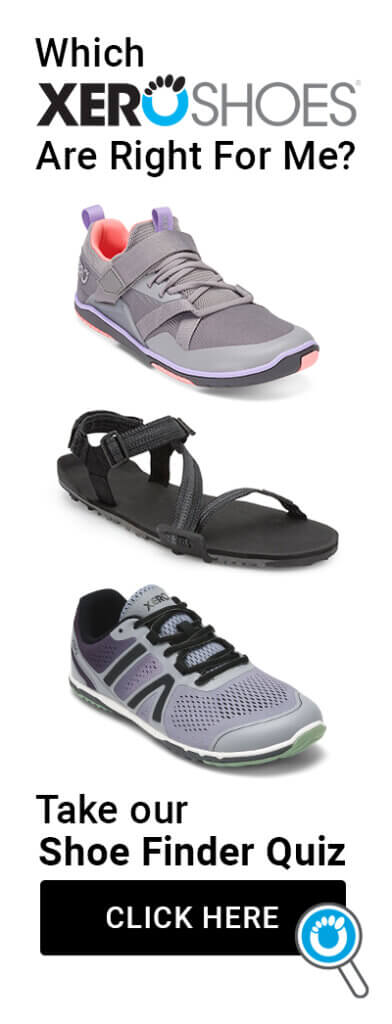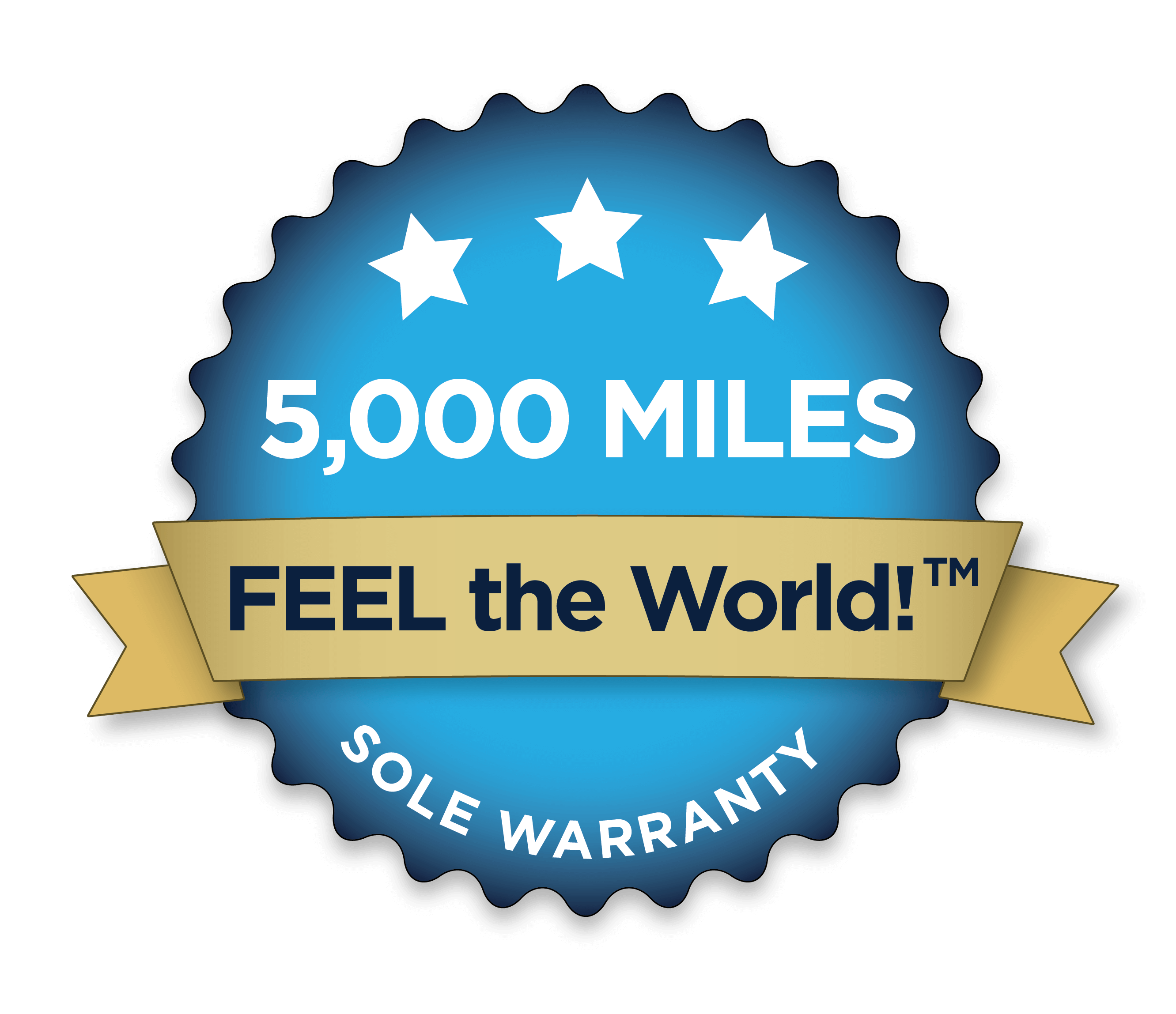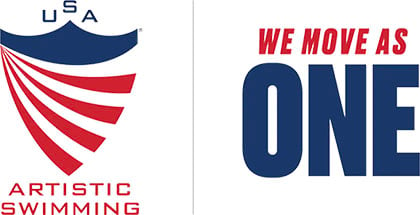When I talk to many runners who still use “traditional” running shoes,and then tell them about Xero Shoes, they often say “Well, there’s a debate about barefoot/minimalist shoes.”
First, the quotes are because what we call “traditional” running shoes have only been around for less than 0.05% of the time humans have been wearing protective footwear.
Second, there’s really no debate.
There are people who have opinions that barefoot/minimal is somehow bad based on limited amounts of research, or anecdotes, or information put out by companies that make traditional shoes, and then there is…
THE TRUTH
Yes, I’m implying that the truth is: Natural Movement — whether you’re barefoot or in a truly minimalist shoe like Xero Shoes — is demonstrably better than being in a padded, motion-controlled, heel-elevated, toe-squeezing shoe.
But rather than hash out all my reasons for saying this (which I’ve done many times on this site), here’s a great article that examines “shoes vs. barefoot”:
https://theconversation.com/running-shoes-may-cause-injuries-but-is-going-barefoot-the-fix-135264
Here’s the highlight:
…if you want to give barefoot running a try, the best advice is to walk before you run. A minimalist shoe might be a good first step if walking or running in extreme temperatures or where sharp objects may be common. Although minimalist shoes aren’t the same as being barefoot, the mechanics runners and walkers use in them are very similar to when barefoot – and dramatically different to when in shoes.
And this is the key point. It’s about the MOVEMENT, not about the footwear. It just so happens that natural movement is fundamentally impossible in a shoe that, well, doesn’t let your foot move. And a truly minimalist shoe can let your body do what’s natural, and let your feet bend, flex, move, and FEEL.
BTW, a “truly minimalist” shoe isn’t the same as a shoe that’s marketed as “minimalist” but that doesn’t let your toes splay, your foot fend and flex, and your sole get feedback from the ground (which it sends to your brain to help your movement, balance, and agility).







 Fostering honest and responsive relationships between businesses and consumers.
Fostering honest and responsive relationships between businesses and consumers.













